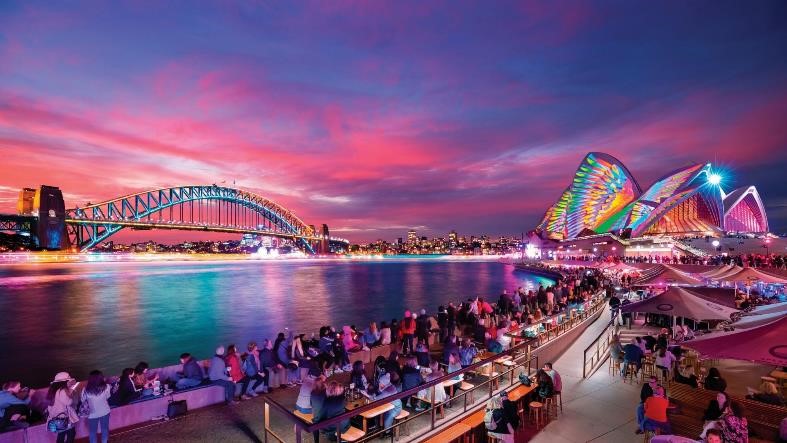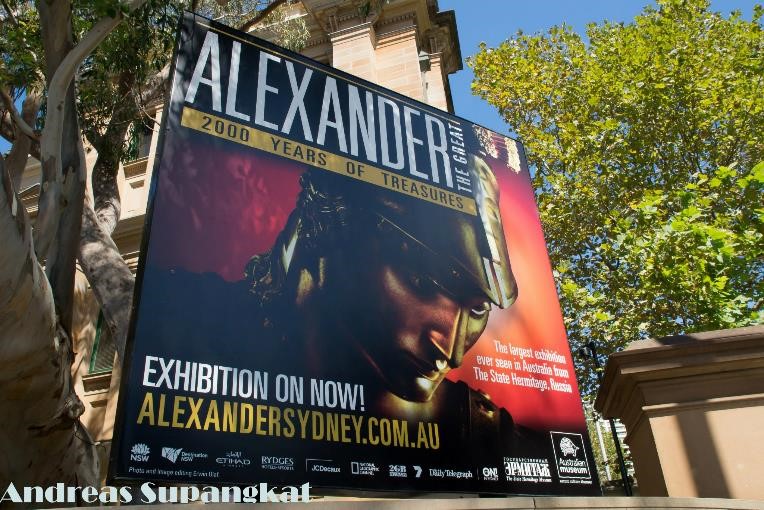Visual experience of the 4.0
The industrial revolution 4.0 is fast approaching and for some countries it is already settling in, but for us the developing countries we are left with no choice but to take it head on towards a collision course; to give in or to die resisting the change. The industrial revolution 4.0 stemmed out from the trajectory of the information age that hitchhike the power of the semiconductor, the processing power and everything else the machine is capable of producing and networking digitally. Along with all these processing power and the advent of technology, realization of information as commodity there has to be some sort of a change towards the way we consume visuals in art and design sense. The answer is: yes, there is a change and it comes in different sort of visualization and iconicity for the designers and artists.

Our reliant for technology is no longer separable that our experiences also become completely renewed in the age of 4.0. The exhibitions, the iconic heritage houses, museums, and art have undergone massive changes in the strategy of information delivery and experience. I would like to underline experience here with a capital E. As a successor to the information age, information became the name of the game and with the mastery of various media the visual world today possesses the possibility to tell even more information – and through that information comes the Experience.
How does the industry adapt to the multiple information delivery? Let’s survey some of the well-known places that have adopted a more up-to-date strategies to serve their crowds.
 Projection mapping of Casa Battlo, Barcelona
Projection mapping of Casa Battlo, Barcelona
 Vivid Sydney, Sydney Australia
Vivid Sydney, Sydney Australia
Both the casa Battlo of Barcelona and Vivid Sydney are but two small samples of adaptation that they have undergone to further the experience. This is no small matter merely deal within the confinement of mere projection mapping, the entire experience is crafted to the point that city bus tours were involved with previewing the event, digital maps accessible from the applications are equipped to show directions, the entire complex of the show are transformed to add an extra layer of meaning to the already recognizable construction encasing them in stories, legends, sounds, and animated projections that re-introduce and preserves traditions and culture of yore in digital form.

The entire duration of the event can also be enjoyed in interactive ways. Some exhibits are artificially programmed to show interaction with the passing audience. In the field of museology, the most recent exhibition of Alexander the great: 2000 Years of Treasures (2012) brought touring the artefacts of archaic Greek, weapons, ornate armors, etc was surprisingly inclusive of technology. Having said that I do not mean simply making them looking more modernized in technological sense but they have started to look for depictions in which these stories are disseminated and that also includes video games as specimens of exhibit. In this exhibition, a walkway in between the panels were also installed with motion sensors where each passer by who went through will be rewarded with random sound of sword clenching, horse hooves rumbling and the sound of hard surfaces (such as armors) when hit by a blunt instrument. All of which help to improve our experience in consuming our visuals by providing extra layer of information.
Comments :